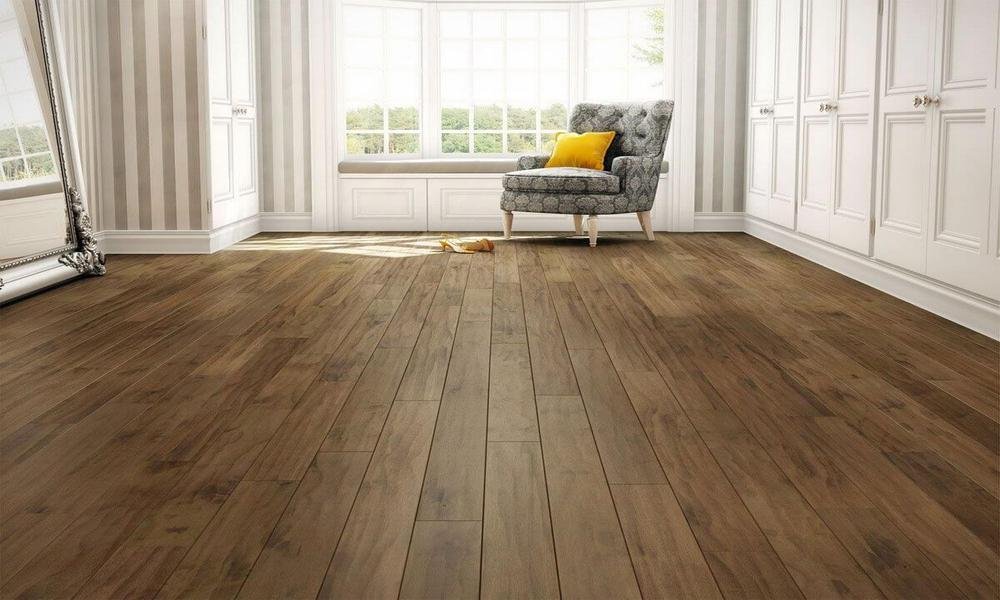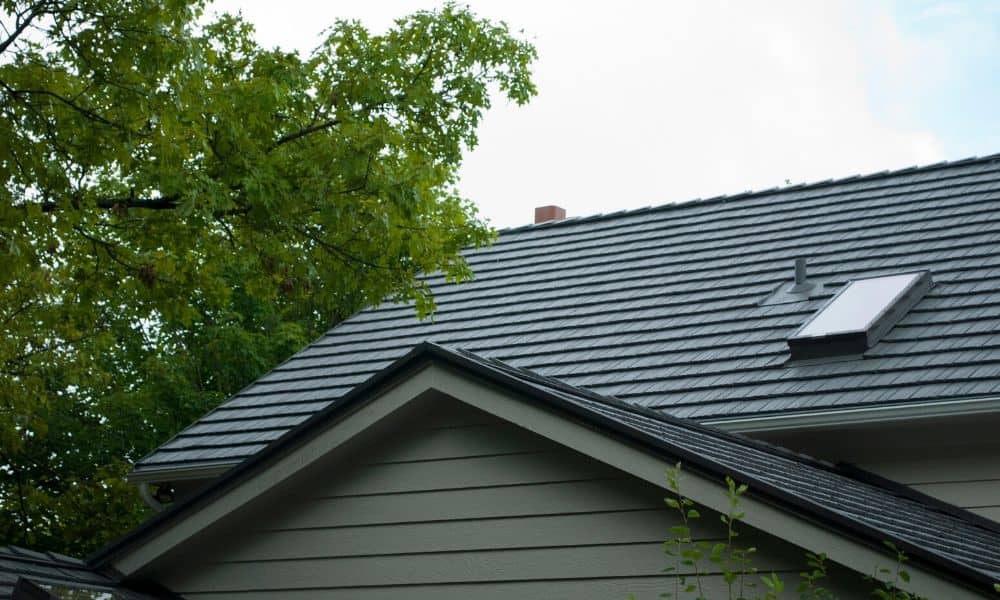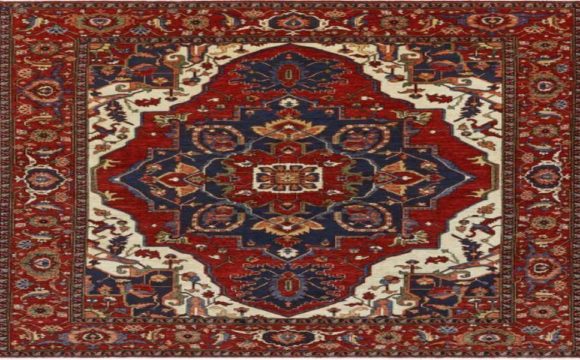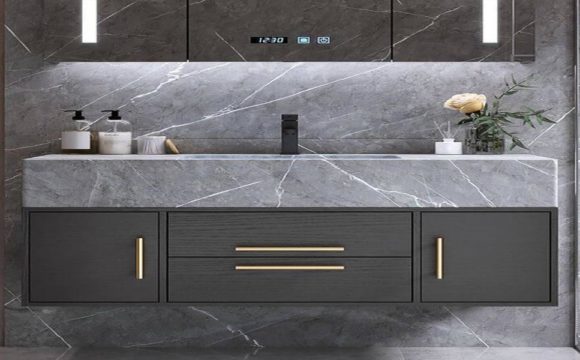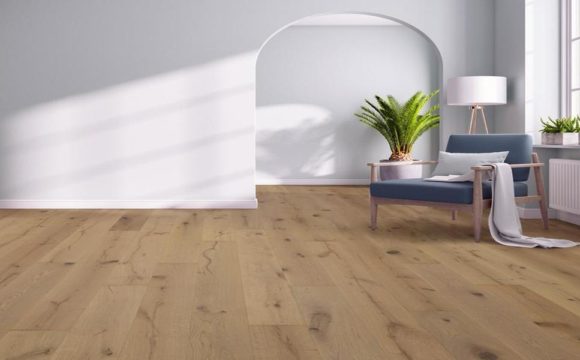Wood floors are a beautiful addition to any home but require proper cleaning and maintenance to keep them looking their best. Here are some tips for cleaning and maintaining wood floors:
- Sweep or vacuum regularly: Dirt and debris can scratch the surface of wood floors, so it’s important to sweep or vacuum them regularly to keep them clean.
- Use a damp mop: When it’s time to clean the floors, use a damp mop and a mild cleaning solution specifically designed for wood floors. Avoid using excessive amounts of water, as this can damage the wood.
- Wipe up spills immediately: Water and other liquids can damage wood flooring, so wiping them immediately with a clean, dry cloth is important.
- Avoid harsh chemicals: Harsh chemicals like bleach and ammonia can damage wood floors, so avoiding using them is important.
- Use furniture pads: To prevent scratches and dents from furniture, use furniture pads on the legs of chairs, tables, and other pieces.
- Refinish when necessary: Over time, wood floors may need to be refinished to restore their shine and protect them from further damage. Consult a professional if you’re not sure whether your floors need to be refinished.
Installation of Wood Floors
Choose the right type of wood flooring: Solid wood flooring is made from one piece of wood while engineered wood flooring is made from several layers of wood that are bonded together. Each has its own advantages and disadvantages.
Prepare the subfloor: The subfloor needs to be clean, dry, and level. Remove any existing flooring and check for any squeaks or dips in the subfloor.
Acclimate the wood: The wood needs to acclimate to the room’s temperature and humidity for at least 72 hours before installation. This will help prevent any warping or shrinking after installation.
Install the underlayment: A vapor barrier and foam underlayment should be installed over the subfloor to prevent moisture from getting into the wood.
Install the flooring: Starting from the longest wall, install the first row of flooring with the tongue facing the wall. Use a nail gun to secure the flooring to the subfloor.
Stagger the seams: To create a more natural look, stagger the seams of each row of flooring. Use a tapping block and mallet to ensure each piece is snugly fit together.
Tips for Choosing the Right Wood Flooring
- Consider your lifestyle: Choose a wood flooring that is suitable for your lifestyle. If you have pets and children, consider a harder wood species such as oak or maple as they are more durable and can withstand more wear and tear.
- Choose the right wood species: There are many types of wood species available for flooring, each with its own unique look and properties. For example, oak has a distinctive grain pattern, while maple has a more uniform look. Consider the color and texture of the wood to determine which species is right for your home.
- Look at the wood’s grade: The grade of the wood refers to its quality and appearance. Higher grades have fewer knots and imperfections, while lower grades may have more character and texture.
- Choose the right finish: The finish you choose can affect the appearance and durability of your wood flooring. Choose a finish that is appropriate for your lifestyle and the amount of foot traffic your floors will receive.

